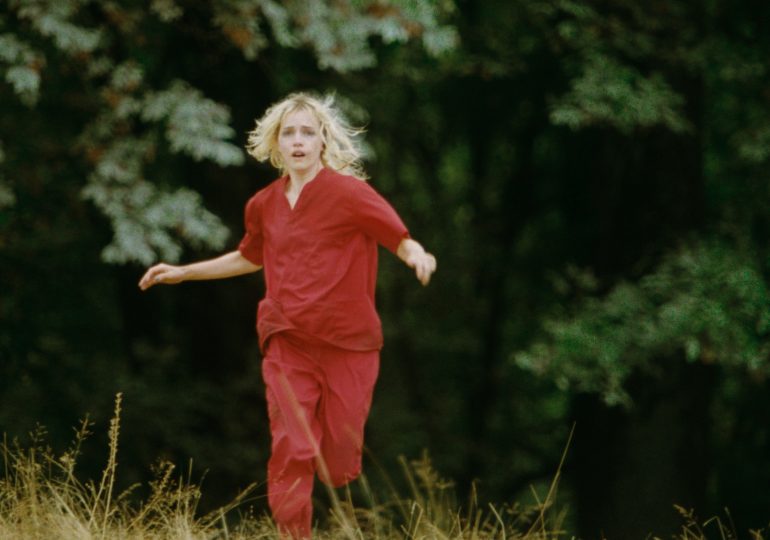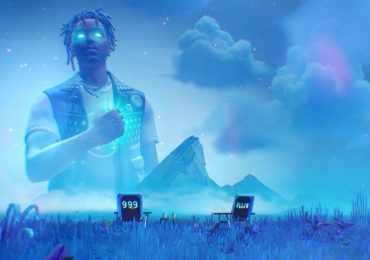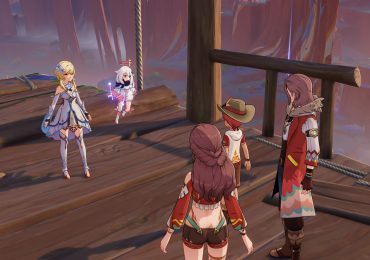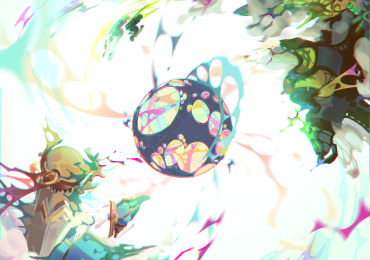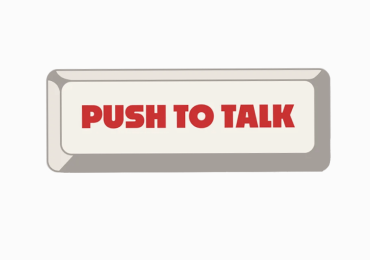[Ed. note: This post contains spoilers for Strange Darling and discusses the movie’s later twists and events in detail. Read on only if you’ve already seen it, or if you showed up here to be spoiled.]
We hear a man — “The Demon” — being asked whether he’s a serial killer. We see him seemingly choking someone, with the sound of desperate gasping in the background. We see a crawl framing this story as a dramatization of the final killings of “the most prolific and unique American serial killer of the 21st century.” We watch a woman — “The Lady” — running across a field frantic and bloodied.
Strange Darling starts off with a few shots in black and white, but writer-director JT Mollner is far more interested in the gray areas of this tale. Our fair Lady (Willa Fitzgerald) is in fact the ferocious serial killer, and The Demon (Kyle Gallner) chasing her is a would-be victim who survived and wants to take her down. The ingrained expectations that would lead viewers to initially misread all of this — all the baggage we bring to serial-killer stories — is exactly what first made Mollner want to write this film.
“I started thinking about tropes, and genre archetypes, and the ‘final girl,’ and I started thinking about gender stereotypes and expectations,” Mollner tells Polygon in an interview ahead of Strange Darling’s theatrical release. “All these things [make it so] we’re so quick to judge people without knowing their whole story, or what they’ve been through on that day or whatever. And so it started becoming an interesting exercise to see how this story unfolded as I discovered it, and then finding ways to exploit those tropes and subvert them in a way that would surprise the audience.”
Whether you saw the twist coming from those opening glimpses of The Lady and The Demon, or felt your stomach drop when she first showed her hand, Strange Darling is constantly toying with your expectations. Even the film’s look, courtesy of director of photography Giovanni Ribisi, was constantly trying to invoke the story’s tonal contrasts.
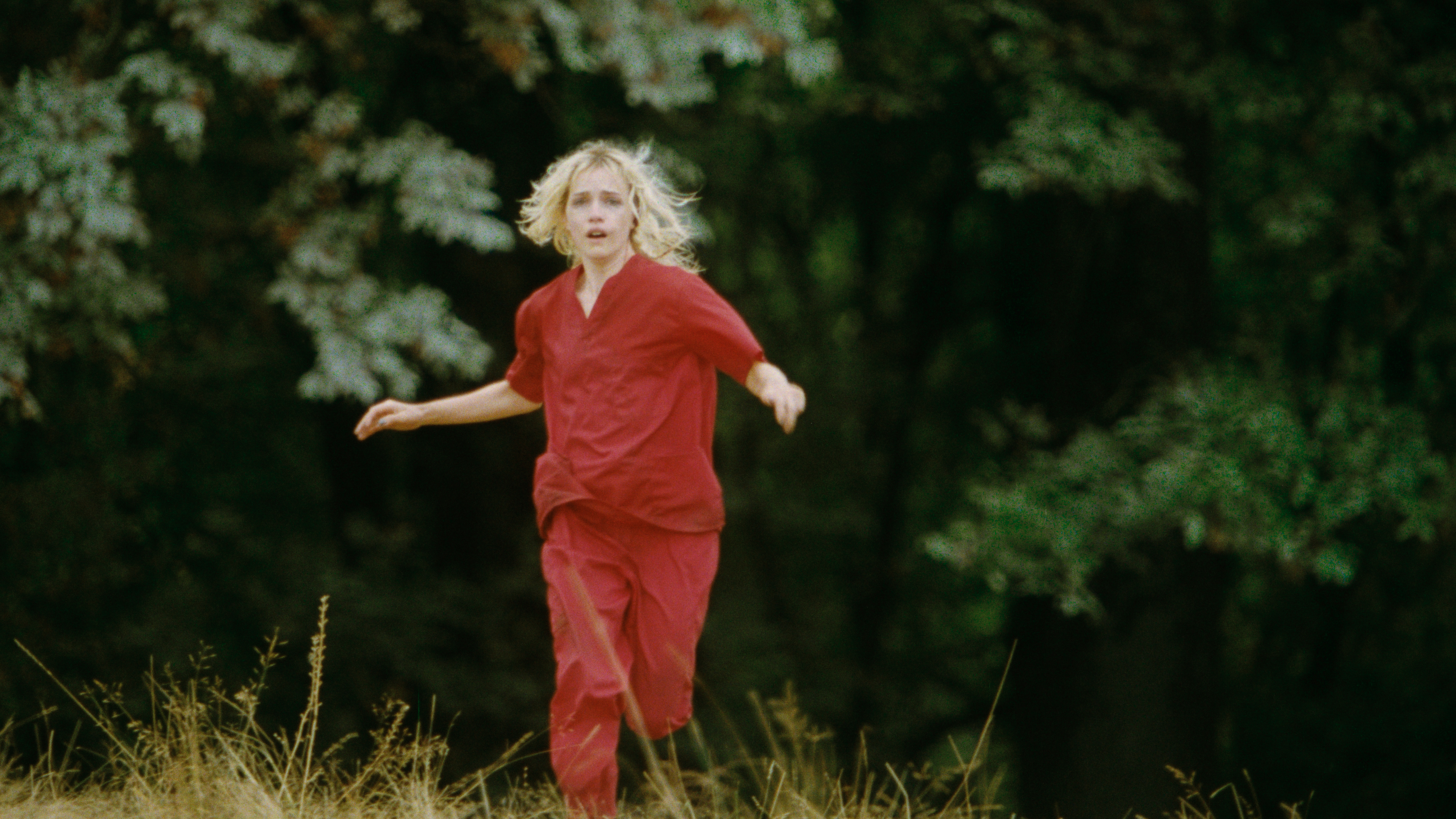
Image: Magenta Light Studios
“One of the things that was really important for us, and creating the world visually, was having these two people live this journey within a fairy tale,” Ribisi says. “And the mission statement was: this idea of blood on the flower bed. But that flower bed was this beautiful, surreal dreamlike world.”
Within that fantasy space, Mollner and Ribisi wanted to ask a lot of questions — but they weren’t out to provide answers in the movie, so much as they wanted to explore the darkness lurking beneath any “painterly or beautiful” space. The film was designed to hold that fairy-tale side of things while also openly pronouncing itself a thriller, with blocks of color and narrative to separate things out, only to muddle them more deeply.
“We wanted to lean into those primary colors for emotional resonance,” Mollner says.
“It’s always different with every film: some films that I’ve written and that other people have written are meant to have a very specific moral or sociopolitical message. Some movies are meant to be understood narratively, and that’s the main objective; they’re procedurals. And some movies are meant to be felt. And this movie, above all else, is meant to be felt — and it’s meant to be felt differently by different people in the audience.”
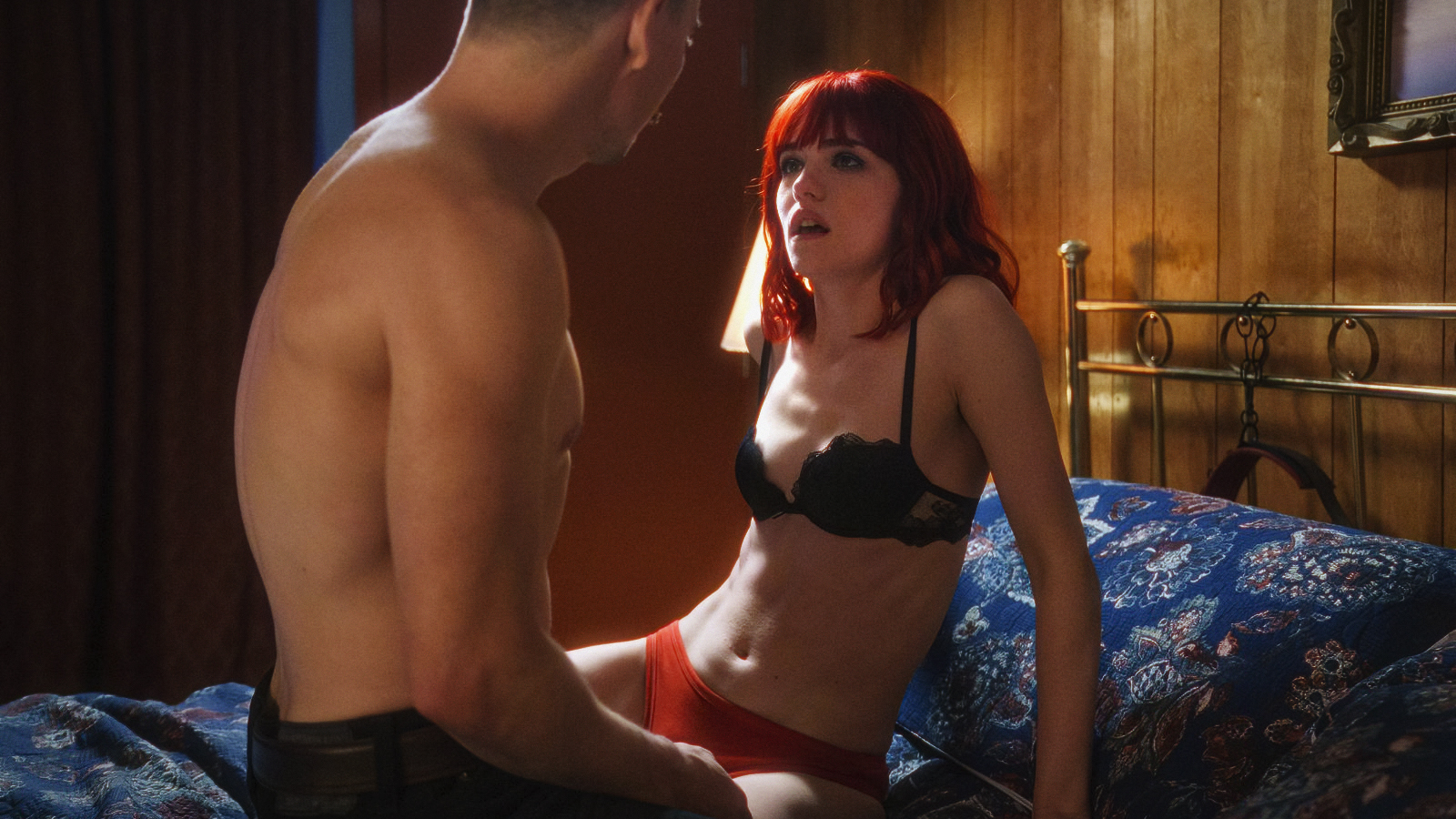
Image: Magenta Light Studios
While Mollner won’t elaborate on exactly what he means, it isn’t hard to pick up his thread: As he says, Strange Darling traffics a lot on gender stereotypes, and more than once The Lady gets the upper hand by exploiting the optics associated with a bleeding, crying woman on the run. No doubt different people, with different gender identities and conceptions, will take what they see as “the movie’s aims” differently.
That’s something Fitzgerald felt acutely in playing The Lady. She does have her own sense of the character: “I think that she is someone who is desperately searching for something that is outside of her grasp. And ultimately, she is self-sabotaging,” Fitzgerald says. “I think that at the heart of the character is someone who’s deeply starved for connection, and trying to find connection, and then there’s an essential betrayal of trust. And everything falls from there.”
But she’s still hesitant to give any definitive read of The Lady, appreciating that what’s “exciting” about the genre of Strange Darling is how it provides “a lot of room for interpretation, and there’s a lot of room for different perspectives.”
The facts of the story, at the end of the day, are clear: The Lady is a serial killer, and The Demon is her intended prey. Both refuse to go gentle into this good night. In terms of who comes out on top and what the movie is trying to say — well, that’s for us to wrestle with.
To that end, we’re looking to provide a space for that. From 3-5 p.m. EDT on Wednesday, August 28, a few of us from Polygon will be sitting in the comment thread here, looking to talk about our thoughts and feelings around Strange Darling and its twists. Join us if you’d like!
